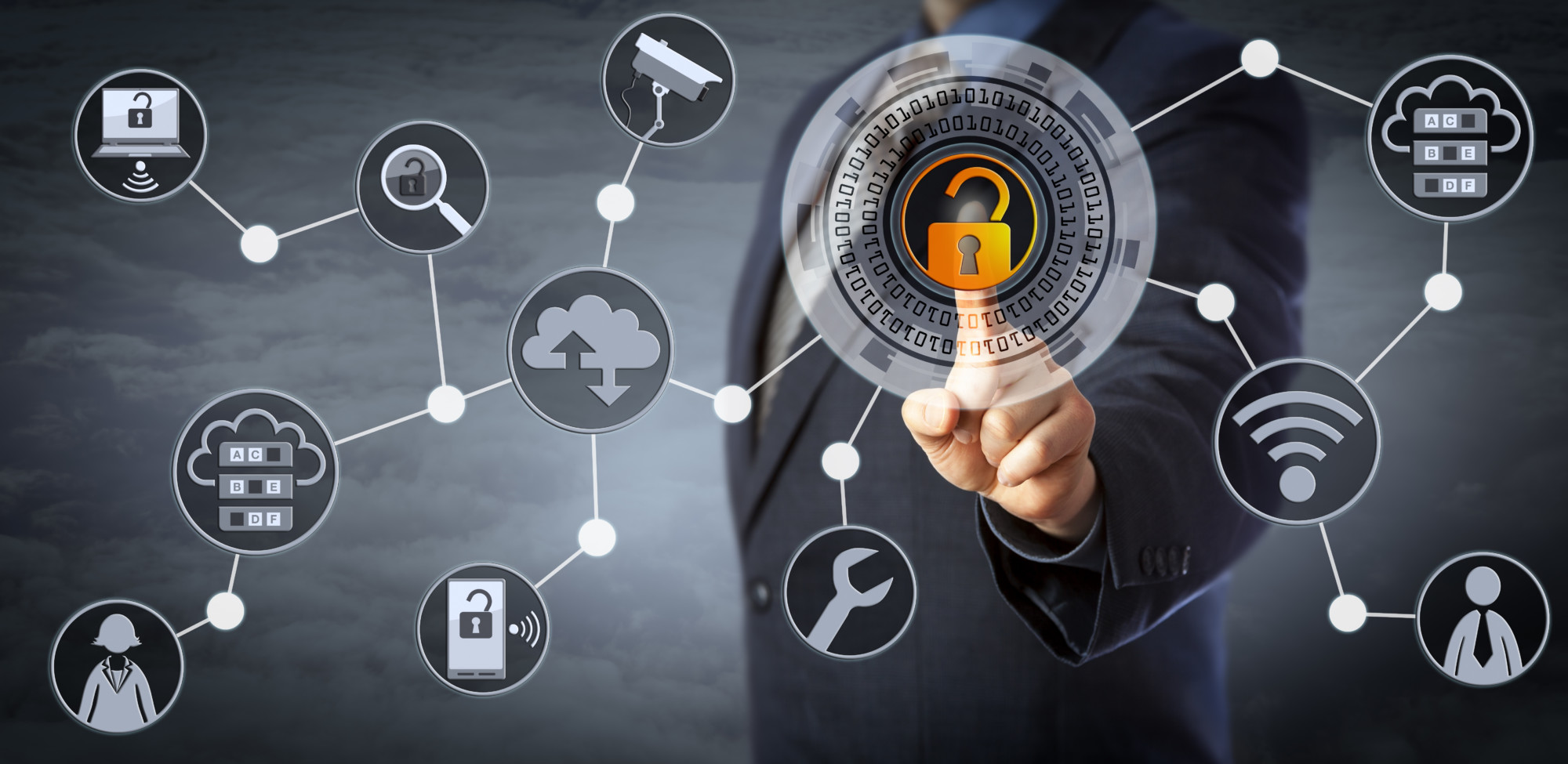Introduction
Ever wonder how to keep your cloud environment secure while managing your applications seamlessly? Welcome to the world of the AWS Shared Responsibility Model and DevOps. In this guide, we’ll break down what AWS is, how DevOps plays a crucial role, and why understanding the AWS Shared Responsibility Model is vital for your cloud security strategy.
Understanding AWS
Amazon Web Services (AWS) is a comprehensive cloud computing platform provided by Amazon. It offers a wide range of services, including computing power, storage options, and networking capabilities, designed to help businesses scale and grow. Some of the key services include EC2 (Elastic Compute Cloud), S3 (Simple Storage Service), and RDS (Relational Database Service).
What is DevOps?
DevOps is a set of practices that combine software development (Dev) and IT operations (Ops). It aims to shorten the development lifecycle and provide continuous delivery with high software quality. By adopting DevOps, organizations can improve collaboration between teams, automate processes, and enhance the reliability of their applications.
The AWS Shared Responsibility Model
The AWS Shared Responsibility Model is a framework that delineates the security and compliance responsibilities between AWS and its customers. It ensures that both parties understand their roles in securing the cloud environment.
Responsibilities of AWS
Security of the Cloud: AWS is responsible for protecting the infrastructure that runs all the services offered in the AWS Cloud. This includes hardware, software, networking, and facilities.
AWS Global Infrastructure: AWS manages and controls the components from the host operating system and virtualization layer down to the physical security of the facilities in which the services operate.
Managed Services: AWS provides a variety of managed services like RDS and DynamoDB, where the security and management of the infrastructure are AWS’s responsibility.
Responsibilities of Users
Security in the Cloud: Users are responsible for the security of everything they put in the cloud. This includes data encryption, identity and access management, and network configurations.
Customer Data: Customers must manage the data they store in AWS services. This includes ensuring proper encryption and backup.
Application Management: Users must maintain the security and updates of their applications and systems hosted on AWS.
Shared Security Model Explained
The shared responsibility model is like a layered cake where both AWS and the user have distinct roles. AWS secures the infrastructure, while users are responsible for securing their data and applications. This model ensures a robust security posture through combined efforts.
Practical Examples of the Shared Responsibility Model
Data Protection and Encryption: AWS provides encryption tools, but users must ensure their data is encrypted at rest and in transit.
Network Configurations: AWS offers services like VPC (Virtual Private Cloud), but users must configure their security groups and network ACLs properly.
Identity and Access Management (IAM): AWS provides IAM tools, but users must implement policies that enforce least privilege access.
Benefits of the AWS Shared Responsibility Model
Enhanced Security: By clearly defining roles, it reduces the risk of security breaches.
Scalability and Flexibility: Users can scale their operations without worrying about infrastructure security.
Cost Efficiency: Shared responsibility can lead to optimized costs, as AWS handles many of the infrastructure security tasks.
Challenges and Considerations
Common Pitfalls: Users often misunderstand their role in securing the cloud, leading to potential vulnerabilities.
Best Practices for Compliance: Adopting a compliance framework and regular audits can help maintain security standards.
AWS Tools for Shared Responsibility
AWS Security Hub: A comprehensive view of your security alerts and compliance status across AWS accounts.
AWS Config: Tracks AWS resource configurations and changes to help with compliance.
AWS IAM: Manages access to AWS services and resources securely.
Case Studies
Example 1: A Large Enterprise: A multinational company leverages AWS managed services to scale its operations while maintaining strict compliance and security standards.
Example 2: A Startup: A tech startup uses AWS to quickly deploy and iterate on its product, benefiting from the shared security responsibilities to focus on innovation.
Implementing DevOps with AWS
Integrating DevOps practices with AWS services can streamline development and operations. Tools like AWS CodePipeline, AWS CloudFormation, and AWS CloudWatch play a vital role in automating and monitoring the application lifecycle.
Future Trends in AWS and DevOps
Emerging technologies such as AI, machine learning, and serverless computing are shaping the future of cloud computing and DevOps. As these technologies evolve, the shared responsibility model will also adapt to meet new security and compliance challenges.
Conclusion
The AWS Shared Responsibility Model is a critical framework for ensuring cloud security. By understanding and properly implementing this model, businesses can reap the benefits of enhanced security, scalability, and cost efficiency. Combining this model with DevOps practices further strengthens the capability to deliver high-quality applications rapidly and securely.
FAQs
What is the AWS Shared Responsibility Model? The AWS Shared Responsibility Model is a security and compliance framework that outlines the responsibilities of AWS and its users in securing the cloud environment.
How does the AWS Shared Responsibility Model benefit users? It enhances security by clearly defining roles, allows scalability without infrastructure worries, and can optimize costs by leveraging AWS’s managed services.
What are some common mistakes users make with AWS security? Common mistakes include misconfiguring security settings, neglecting data encryption, and not regularly updating security policies.
How can I ensure compliance with the AWS Shared Responsibility Model? Adopting compliance frameworks, conducting regular audits, and using AWS tools like AWS Config and AWS Security Hub can help ensure compliance.
What tools can help manage shared responsibilities on AWS? AWS provides several tools, including AWS Security Hub, AWS Config, and AWS IAM, to help manage and monitor security responsibilities.

